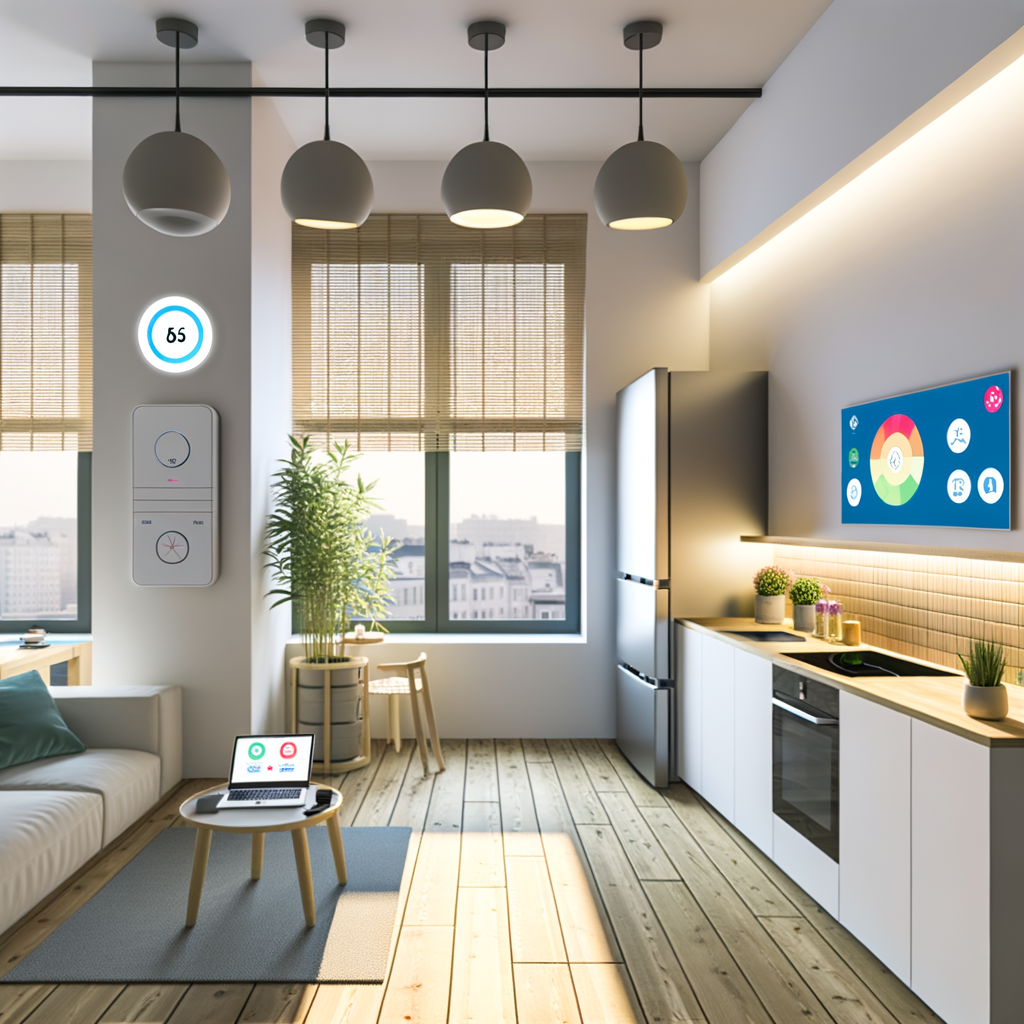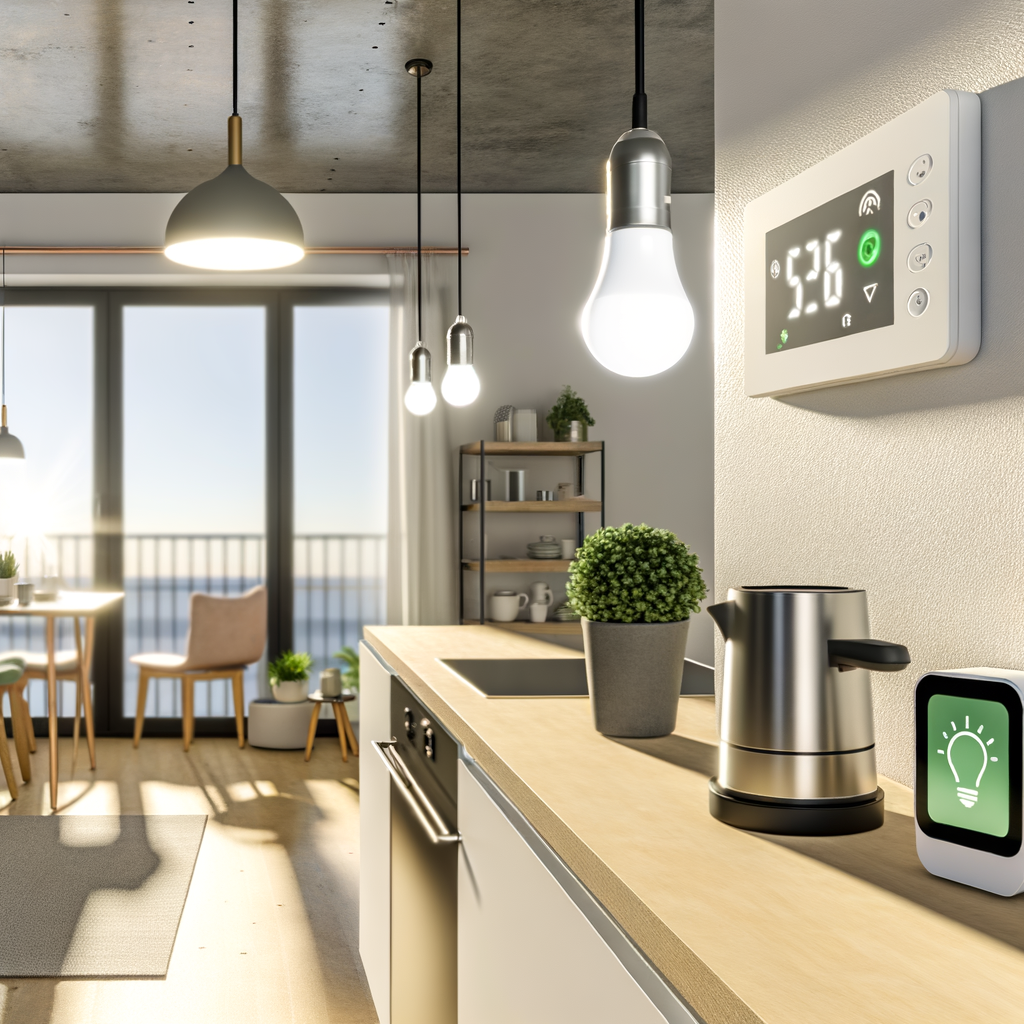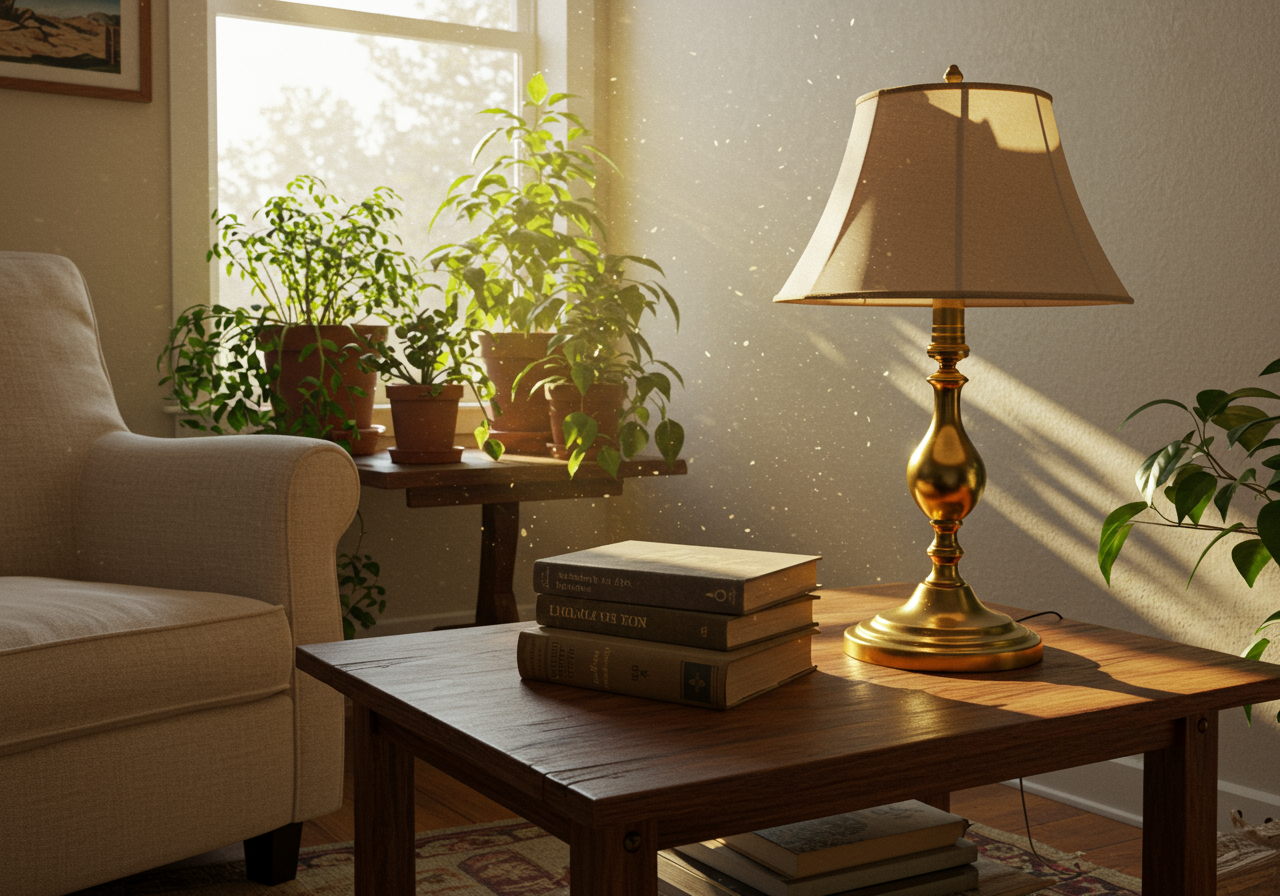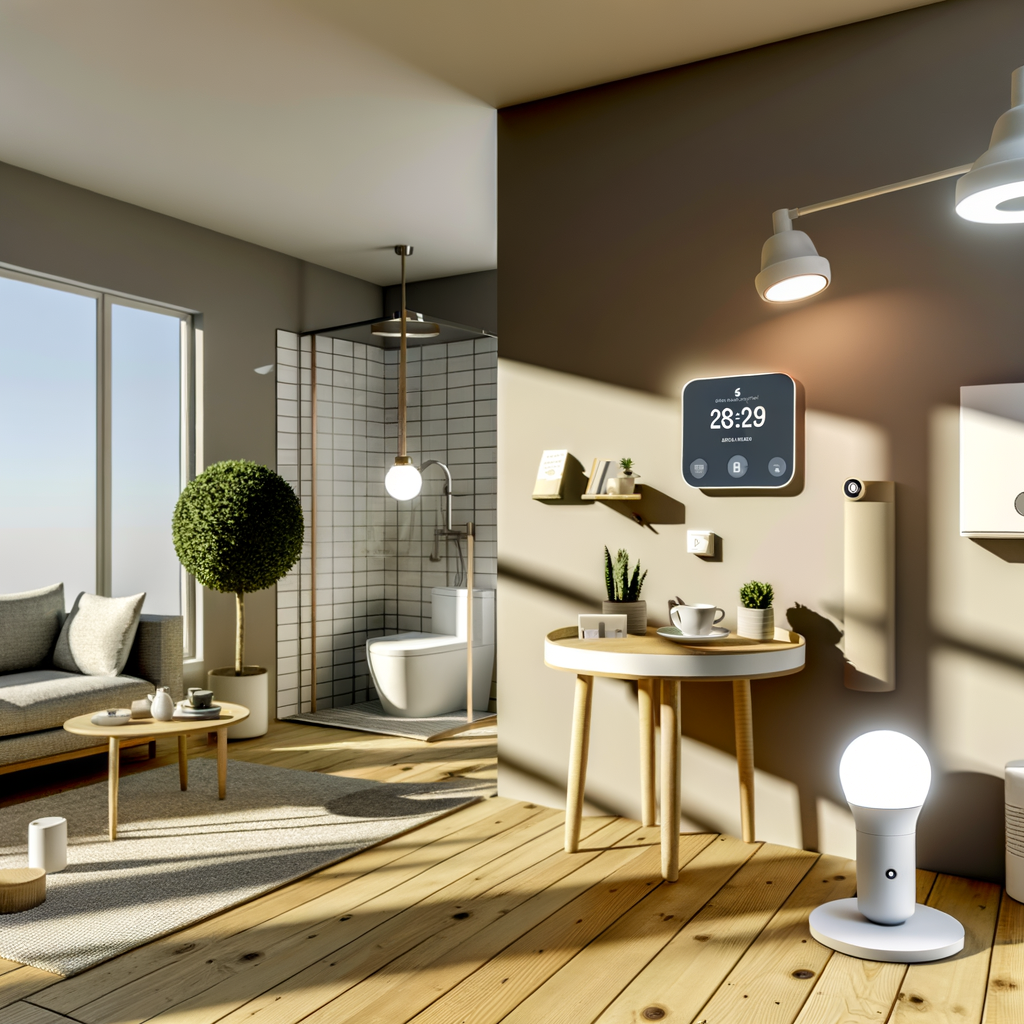How to Create a Smart, Energy-Efficient Apartment on a Budget: A Renter’s Step-by-Step Guide
Want to save money, reduce your carbon footprint, and upgrade your apartment with smart technology? Good news: you don’t have to own your home or break the bank to create an energy-efficient, tech-savvy living space. This step-by-step guide is tailored specifically for renters looking to make affordable, impactful changes. Let’s dive in!
Why Make Your Apartment Smart and Energy-Efficient?
Modern renters want more than just a place to sleep—they want homes that are comfortable, convenient, and mindful of the environment. Here’s why going smart and energy-efficient matters:
- Save money on utility costs
- Lower your apartment’s carbon footprint
- Increase comfort with automation and remote controls
- No major renovations required—perfect for renters!
Step 1: Understand Your Energy Usage
Start with a Mini Energy Audit
Before you upgrade, figure out where your apartment uses (or loses) the most energy:
- Check your utility bills for trends
- Pay attention to high-use appliances: heating, cooling, water heater, lighting
- Look for drafty windows, old bulbs, or inefficient appliances
This assessment helps you target changes that will give you the biggest return on investment.
Step 2: Upgrade to Smart Lighting
Why Smart Bulbs?
Lighting makes up about 10% of home electricity usage. Smart LED bulbs cut your bill and let you control your lights from anywhere.
Budget-Friendly Tips:
- Replace traditional bulbs with smart LEDs (they use less energy and last longer)
- Choose bulbs with Wi-Fi or Bluetooth—no hardwiring required
- Use smart plugs to control lamps or plug-in string lights remotely
Installation:
- Download the app for your smart bulbs (e.g., Philips Hue, Wyze, or Kasa)
- Screw in the new bulbs and sync to your Wi-Fi
- Create schedules, dim lights, or set scenes—all from your phone or with your voice assistant
Step 3: Control Climate with Smart Thermostats or Sensors
Heating and Cooling = Big Savings
Climate control uses the most energy in most apartments. Smart options make a big impact:
For Renters:
- Portable smart thermostats, like the Sensibo Sky or standalone models, can control window ACs or space heaters via Wi-Fi
- Room sensors detect motion and temperature, automating fans or energy-efficient portable heaters
Installation Tips:
- Use adhesive strips or table stands—no drilling needed
- Check with your landlord before replacing thermostats (and always save the old one for move-out!)
- Opt for plug-and-play devices. No technical skills required
Step 4: Smart Plugs—Automate Anything
Why Smart Plugs?
Smart plugs give you remote control over any device or appliance—no electrician needed. They’re renter’s gold!
- Schedule fans, coffee makers, lamps, or TVs for energy efficiency
- Monitor real-time energy usage (choose models with built-in meters)
- Set routines to turn off devices when you’re away
Getting Started:
- Plug the smart outlet into your wall socket
- Connect your chosen device (lamp, heater, etc.)
- Set up and manage everything from your phone app
Step 5: Address Windows and Drafts on a Budget
Windows Let Dollars Fly Out the Window
Poor insulation = high heating/cooling bills. Here’s how to fix that, even as a renter:
- Use removable weatherstripping (foam tape is cheap and leaves no residue)
- Install insulated or thermal curtains to block heat in summer and retain warmth in winter
- Seal gaps with draft stoppers—no permanent changes needed
- For sliding windows, use clear insulating film kits—easy to apply and remove at move-out
Step 6: Smart Water Savings
Cut Water Waste, Slash Your Utility Bills
Many renters overlook water efficiency. Even small changes make a difference:
- Install a low-flow showerhead (tool-free, just unscrew and replace)
- Use water-saving faucet aerators
- Try a smart leak detector—it will alert you via app if there’s a water leak under sinks or behind the toilet
Step 7: Choose the Right Eco-Friendly Appliances
Upgrade Wisely
You might not be able to swap your apartment’s fridge, but you can choose smart, efficient appliances you own, such as:
- Energy Star-rated air purifiers or fans
- Countertop dishwashers that use less water and energy
- Compact washers or dryers designed for apartments
Tip:
If you buy your own appliances, take them with you when you move!
Step 8: Add Smart Sensors for Security and Savings
What Do Smart Sensors Do?
- Motion sensors automate lighting for extra savings
- Window/door sensors send alerts when something’s left open, reducing heating/cooling waste
- Humidity sensors help you run fans only when needed, preventing mold and saving power
Installation:
- Many sensors use adhesive for quick, zero-damage setup
- Sync with smart home hubs or apps for easy control
Step 9: Build Your Smart Home Ecosystem
Start Small, Then Expand
Building an efficient, automated home takes time. Here’s how to get the most out of your tech:
- Choose a “hub” platform (Alexa, Google Home, or Apple HomeKit) that fits your phone and existing gear
- Buy compatible devices for easy integration
- Automate routines like “Goodnight” (turns off all lights, adjusts thermostat, powers down cables)
- Use routines and schedules to coordinate your devices for maximum savings
Don’t Forget Privacy and Security
Always read device privacy policies. Set strong Wi-Fi passwords and enable two-factor authentication on smart home accounts to keep your data safe.
Step 10: Make It a Lifestyle
Maintain Good Habits
- Turn off lights and electronics when not in use (automate this where possible)
- Keep up with maintenance on your devices and appliances
- Encourage roommates or family to use smart features for even bigger savings
Remember, technology is only part of the solution—consistent habits will help you save the most energy (and money) over time.
Bonus Tips for Renters
- Leave No Trace: Always use non-damaging adhesive or tension-mounted hardware for installations
- Check with Your Landlord: Before making any permanent changes, get written approval
- Document Everything: Take before-and-after photos, and save old hardware for easy move-out swaps
- Invest in




